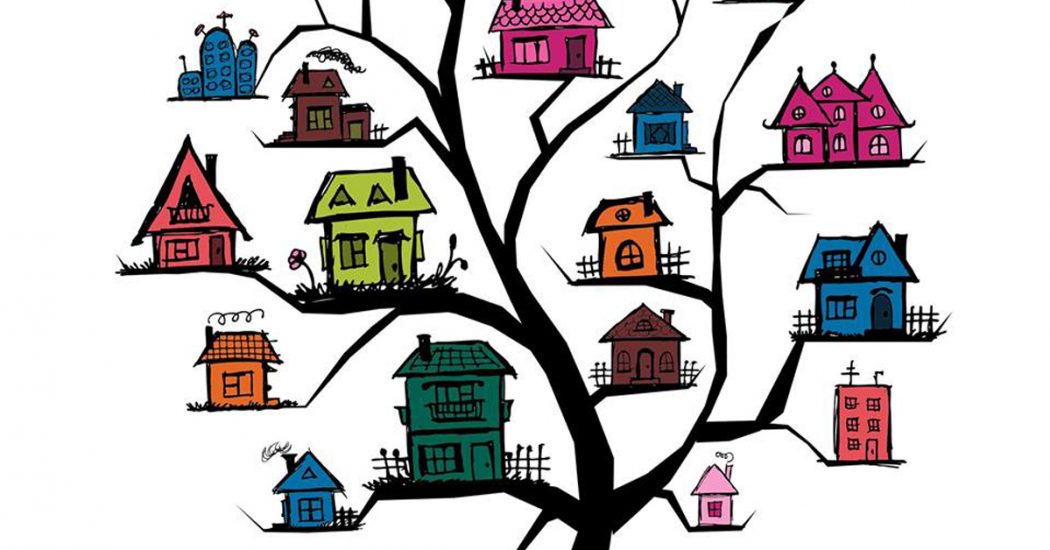Consider this: the term visitability is much more socially encouraging and inclusive than accessibility.
Most people like to be friendly and neighbourly if given the chance. Our homes and the rest of our built environment should never cause a physical struggle for any of us to befriend or help any of our neighbours. We need residential and commercial infrastructure and programs that can effectively encourage and facilitate inclusive culture – a culture where all people of all ages can easily and safely interact; where we can all work, have fun, and discover each other’s gifts.
We have a great opportunity right now to set higher standards for municipalities, chambers of commerce, developers and contractors. We can build affordable, inclusive neighbourhoods that generate authentic prosperity for everyone. The first municipality to build such a trend setting model inclusive neighbourhood will be a world destination for others who know the time has come to do this.
But our current meritocracy, building codes and bylaws are the biggest impediments to accessibility and inclusive culture in Nova Scotia.
Exclusive lifestyles are profoundly antisocial. They lead to the creation residential and commercial ghettos. Inclusive culture makes space for and welcomes people of all cultures, abilities and income levels. Wealthy, accomplished people can live next door to people who are still figuring things out and struggling to make ends meet. No one should ever be homeless, abused or neglected in our communities. Our communities can be stimulating and beautiful for everyone – not just a few.
I draw your attention to a quote that was sent to me from my spouse Kathleen Purdy, Director, Alexander Society for Inclusive Arts.
The concept of disability
In Norway, this social model of disability is commonly agreed upon. Disability was previously understood as a property of the individual, and thought of in merely a medical context. This medical model of disability is challenged by the social model, where the frame is moved from the individual to the societal.
The social model is relational in its approach, meaning that disability occurs due to an uneven relationship between the individual’s abilities and the construction of the physical environment or its requirements for ability. In other words, in this understanding, disability occurs at the intersection between the individual and physical surroundings which are not properly adjusted to differing abilities. When a person is disabled, we are referring to a barrier-producing context in the physical environment rendering someone disabled in their interactions with it.
A wheelchair user being unable to enter a building because of a set of stairs in front of the entrance, or a person with hearing loss not being offered an interpreter or the necessary technological equipment are examples of contexts where disability occurs due to an insufficiently accessible environment.
Right now there are ad hoc groups of citizens in Nova Scotia meeting to talk about cohousing. Nova Scotia is not prepared for cohousing even though growing numbers of people are interested. Our condominium act is out of touch with what needs to happen to help Nova Scotia grow Affordable, sustainable, green, accessible, and inclusive communities.
Even CMHC is struggling to get up to speed with the rapidly shifting zeitgeist implied by interest in cohousing and visitability. Affordability and accessibility are listed as separate special interests. This has to evolve toward an ethos of universal visitability to create healthier, more efficient, more beautiful, more prosperous communities.
We need mixed income, walkable, wheelchair accessible mixed residential and commercial neighbourhoods with common green spaces for recreation and gardening. The models proposed in the cohousing movement hint at how this can work but our evolving society needs us to go further. Neighbourhoods can be green and sustainable. They can provide income for the shareholders who build and live there. How? They can provide inexpensive, decent rental units in the common buildings. They can produce electricity and food and clothing. Doctors and other professionals can have their offices there. Light manufacturing and cottage industries can happen there. Government and social services can have offices there rather than in “industrial parks,” but…. current zoning prevents most of that.
Thanks for your time and consideration.
See also: Making living in community real – thoughts around a conversation with a senior bureaucrat
Kimberly Smith is a community activist, videographer, actor, and facilitator of video improv teams who lives in Canning. Check out his website.
If you can, please support the Nova Scotia Advocate so that it can continue to cover issues such as poverty, racism, exclusion, workers’ rights and the environment in Nova Scotia. A paywall is not an option since it would exclude many readers who don’t have any disposable income at all. We rely entirely on one-time donations and a tiny but mighty group of kindhearted monthly sustainers.




